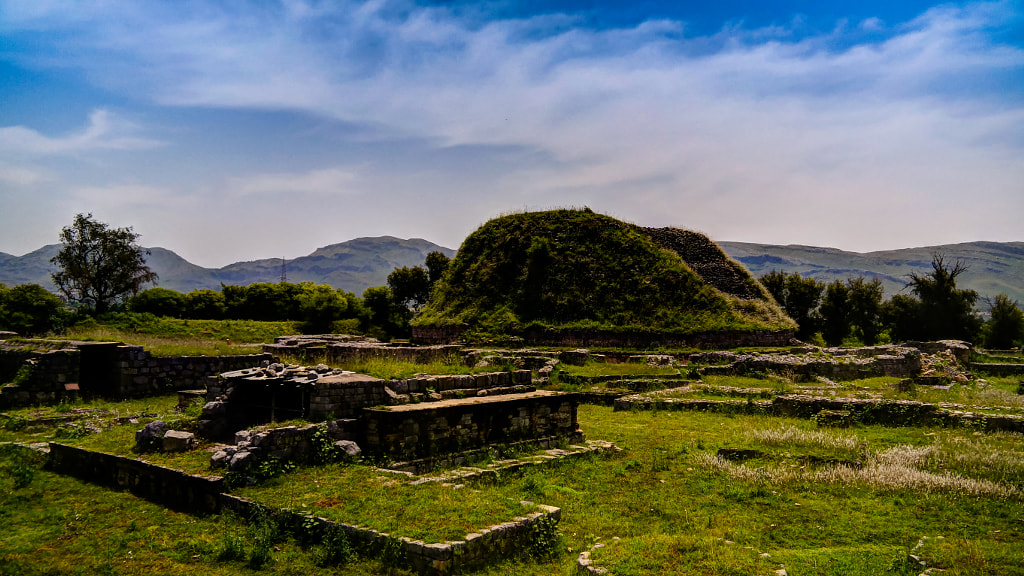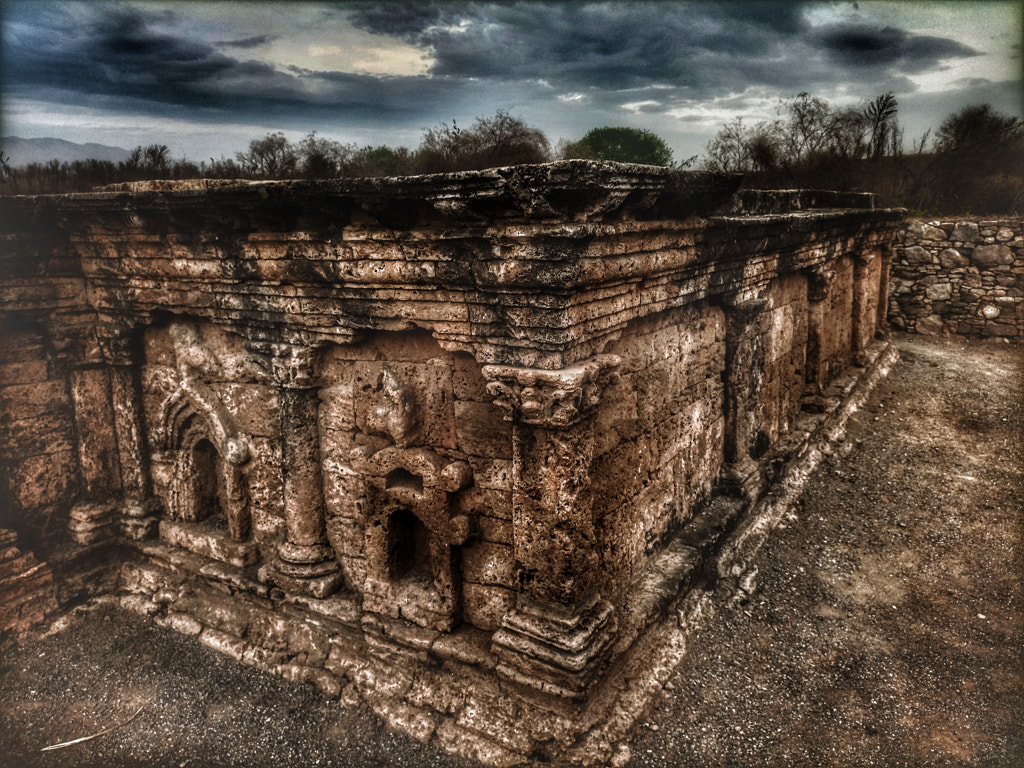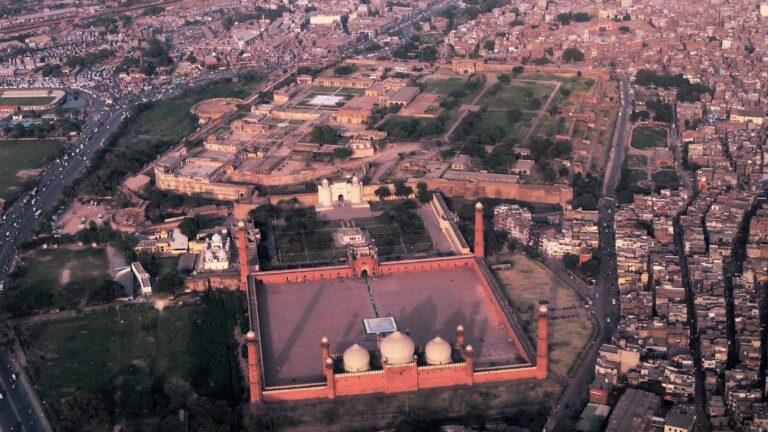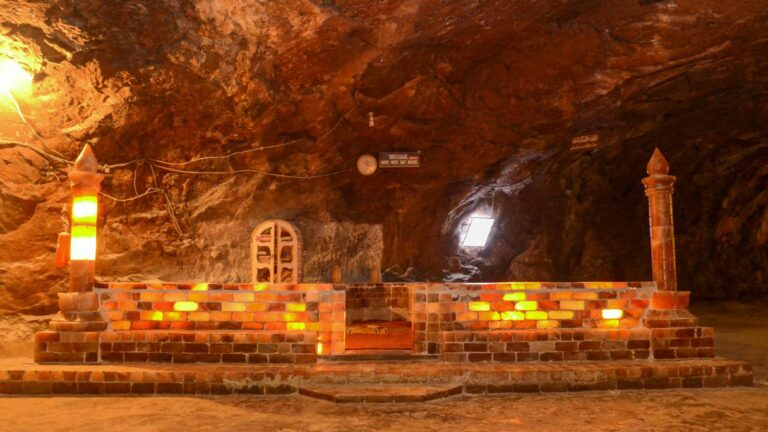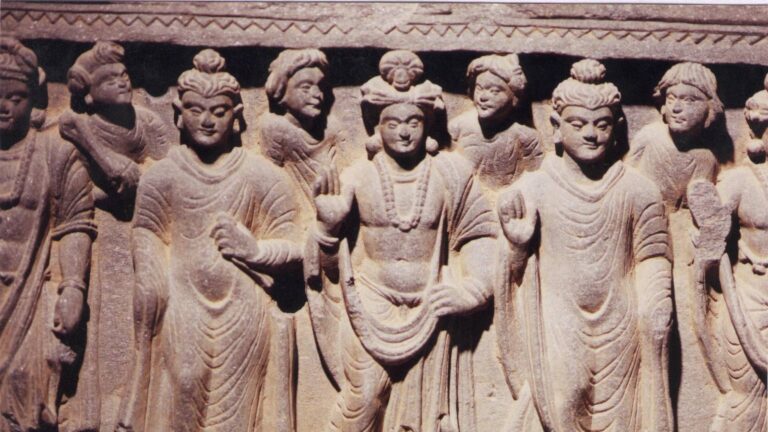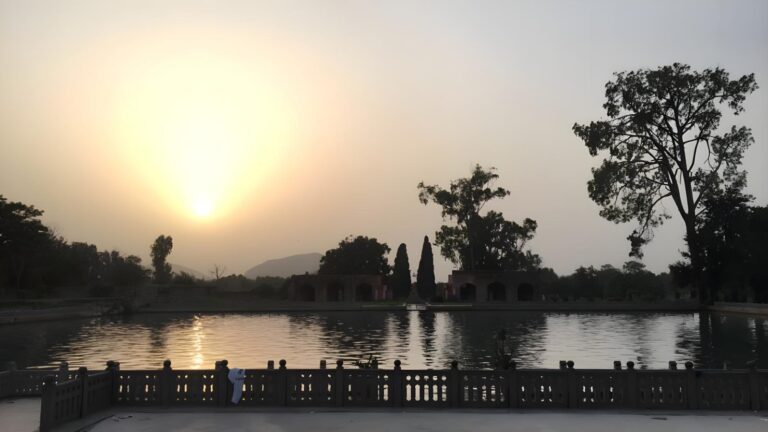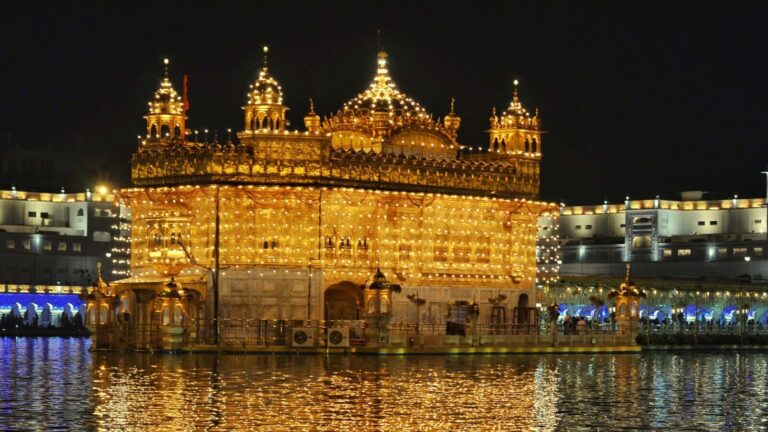Getting There
The Dharmarajika Stupa lies about 3 kilometers east of the Taxila Museum, along the PMO Colony Road, northeast of Taxila Cantonment.
Taxila can be reached from Rawalpindi & Lahore via M2.
What to Expect
It has been claimed that that Dharmarajika Stupa was built over the remains of an even older stupa that had been built by the Mauryan emperor King Ashoka in the 3rd century BCE, though other archeologists alternatively suggest that this is unlikely. Indo-Greek coins found at the site date from the 2nd century BCE, suggesting earliest possible establishment of a religious monument at the site.
Small stupas that predate the main stupa are found throughout the Dharmarajika site, and surrounded an earlier core stupa in an irregular layout. It is known that the earlier core stupa contained a pathway for circumambulation that was made of plaster, and decorated with shell bangles in geometric patterns. The earlier stupa likely had four gates in axial directions.
History
The current stupa was believed to have been established in the 2nd century CE during the Kushan era in order to house relics of the Buddha, which may have been sourced from earlier monuments, and originally buried at the site around 78 CE. Buddhist texts mention that frankincense was used during religious services at Dharmarajika, while the complex was paved with colourful glass tiles.
Facilities Available
Tourist guide services can be hired from Taxila Museum or one can contact Taxila Museum management by the Archaeology Directorate Punjab.

